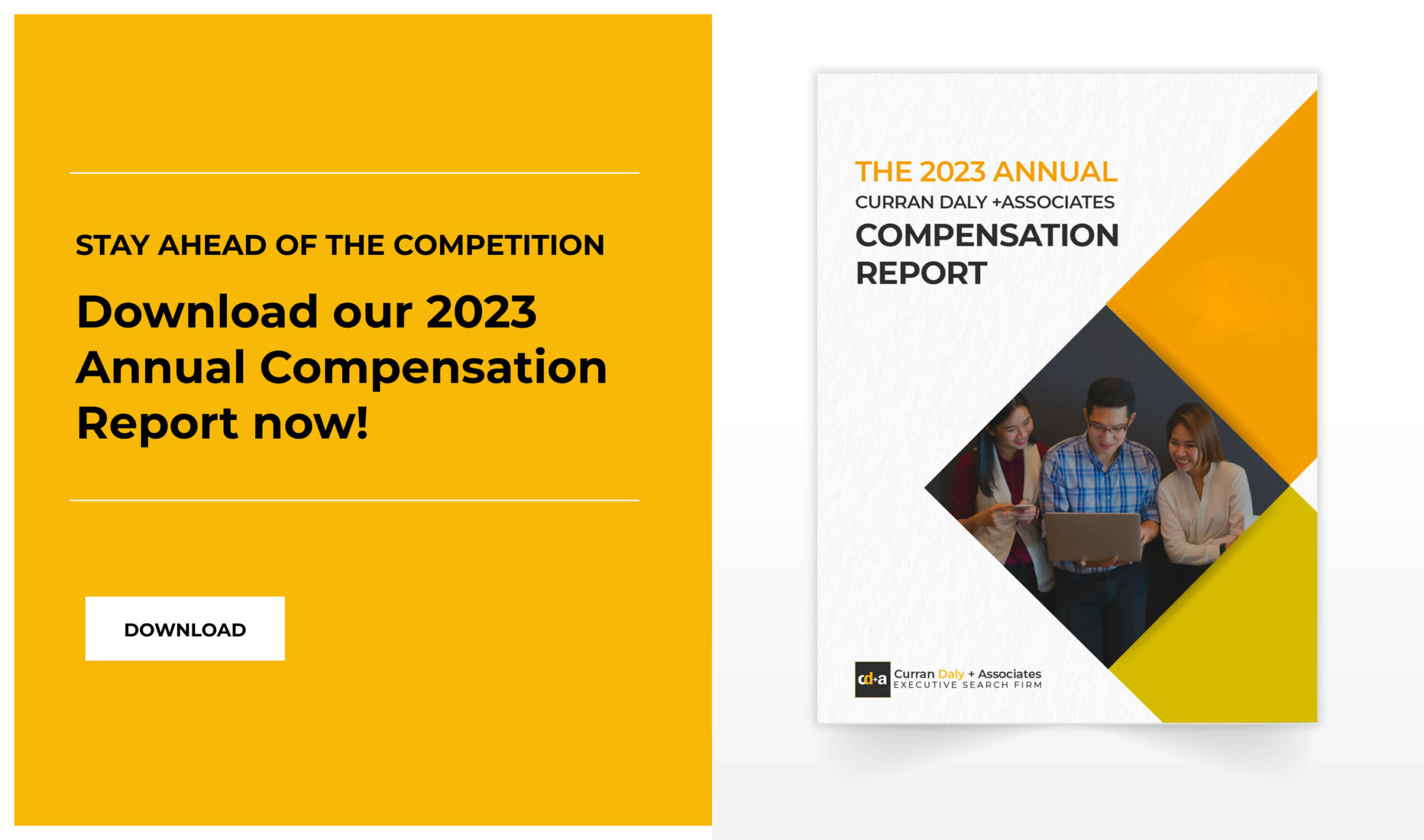- Local employers must keep up with international recruiters and the evolving job landscape.
- Traditional hiring techniques include referrals, temp agencies, cold calling, print advertisements, and job fairs.
- Business leaders must adopt technological advancements and build a positive employer brand to ensure talent acquisition efficiency.
- In the future, recruitment will revolve around remote work, global talent, and diversity, equity, and inclusion promotion.
- Employers must also use data-driven strategies tailored to the younger generations.
The Philippine job market has undergone significant changes with rapid digitalization, evolving workforce dynamics, and recent technological advancements.
As the country recovers from the pandemic, recruitment methods adapt to meet local and international standards. The business landscape here is more active than average. In fact, 87% of respondents reported they receive numerous job offers annually.
With the country’s diverse and talented professionals, it’s unsurprising they’re pursued in foreign lands. The high demand for Filipino workers challenges local recruiters to keep up with the evolving market.
Undeniably, recruitment methods have immensely evolved, shifting from traditional to tech-driven. Employers should understand the landscape transformations because recruitment is essential for any organization’s operations and success.
Back to Basics
A company is nothing without its employees. Hence, every business—from startups to corporations—aims to find high-quality talents with ideal skills, strategic visions, and solid field experience.
Traditional hiring techniques have been the backbone of talent acquisition for decades. Although this approach provided companies with promising candidates over the years, we can’t deny that it’s costly and time-consuming.
Even so, traditional hiring techniques offer a localized focus and a history of success. Let’s take a peek into these methods that shaped today’s workforce!
- Referrals
Employee referrals have long been a trusted source of competent candidates. This approach relies on existing employees’ recommendations from their personal or professional networks.
- Temp agencies
Temp agencies, or temporary staffing firms, connect employers with workers who can fill short-term and project-based positions. These agencies often maintain a pool of pre-screened candidates, allowing them to offer you eligible employees promptly.
- Cold calling
In cold calling, recruiters directly contact potential employees via telephone. This method allows you to build rapport, assess interest, and gain immediate feedback. Cold calling can be handy for reaching passive job seekers and employing individuals for specialized skill roles.
- Print advertisements
Placing job postings in newspapers, magazines, or industry-specific publications is a staple recruitment strategy to announce job openings. You can ensure a tangible and offline presence apart from the advertisements’ targeted reach.
- Job fairs and walk-ins
This method requires recruiters to set up booths at local events to establish a presence, distribute paraphernalia, and conduct on-the-spot interviews. Candidates can get a sense of the company culture and build connections with face-to-face interactions.
Although traditional hiring techniques remain effective, companies must continuously adapt to the dynamic job landscape. Recruiters must expand their talent pool and diversify their teams to remain competitive.
In recent years, technology has accelerated the recruitment industry in more ways than one. These tools have transformed how recruiters hire, offering opportunities for better extent, precision, and efficiency.
Current Best Practices
From online portals to virtual interviews, technological advancements have allowed employers to reach a wider audience and secure a distinct pool of applicants. However, as a two-edged sword, digitalization challenges employers to retain workers amidst the cutthroat job market.
Here are some recruitment practices that you must look into!
Adopting technology
Technology has made it possible to target more candidates through social media, job boards, and virtual industry job fairs. Automation software, like chatbots, applicant tracking systems, and AI-powered resume screening tools, have streamlined the hiring process.
In a few seconds, you can now scan through thousands of cover letters and applications without the risk of passing a talent with remarkable qualifications on paper. Moreover, with video interviews and virtual assessments becoming a norm, you can reduce hiring expenses and engage with applicants anywhere.
Building a Positive Employer Brand
Establishing a favorable reputation is becoming a crucial element in attracting potential employees. You can showcase your workplace culture and environment by posting employee testimonials and day-in-the-life vlogs of your team. You can turn your blogs, websites, and social media accounts into advertisements for applicants.
When job seekers get a snippet of what they’re in for, you can ensure they’ll be more inclined to send in their resumes. You can conduct virtual tours, highlight company events, and feature employee well-being programs for transparency and community involvement.
Nonetheless, although these practices fit the current recruitment trends, you must be open-minded to the upcoming shifts in the job market. After all, welcoming changes is inevitable to grow and succeed.
Future Recruitment Trends
Staying ahead in the business world requires a keen awareness and understanding of emerging recruitment trends. This knowledge enables you to proactively adapt to the changes and craft strategies aligned with job seekers’ demands and expectations.
As early as now, you can tailor your hiring techniques to your long-term business goals, ensuring that you’ll have the right leaders in place to overcome future challenges.
We’ll let you in on some secrets to attract, hire, and retain the best talents to stay abreast in this dynamic landscape!
1. Remote work and global talent
As a result of the pandemic, remote and hybrid work models are becoming the new normal. These workforce dynamics allow companies to tap into local and global talent pools when recruiting. In the future, you can just focus on hiring the cream of the crop irrespective of the geographical restrictions.
The rise of digital nomadism is also influencing recruitment. More and more highly qualified applicants today seek opportunities that promise location independence and a healthy work-life balance.
2. Data-driven Recruitment Strategies
Aside from studying large datasets and automating routine tasks, AI is also becoming a tool for improving the accuracy of hiring processes. This tool’s algorithms can also match and predict the cultural fit of candidates.
Some companies are also beginning to maximize the power of predictive analytics. This advancement helps understand candidate behavior, forecast future hiring trends, and create strategic workforce planning decisions to optimize recruitment.
3. Diversity, Equity, and Inclusion Promotion
More and more businesses are taking strides to implement comprehensive diversity, equity, and inclusion strategies in their hiring practices. This promotion emphasizes the importance of diverse talent acquisition in creating a creative and innovative team that steers the company forward.
In addition, you can highlight your organization’s commitment to diversity, equity, and inclusion to improve its branding. This approach may be evident by featuring employees from diverse backgrounds and promoting a culture of belongingness.
4. Tailored Recruitment to the Younger Generations
As Generation Z enters the workforce, companies are slowly adapting their recruitment messages, benefits, and work arrangements. This age group has unique values and preferences, influencing how recruiters hire today.
Since Gen Z is more digitally connected, businesses often place vacancies on social media and online job boards. Some companies provide skill development opportunities and clear career progression paths to retain younger talents.
Final Thoughts
Without a doubt, the recruitment landscape is constantly evolving. Companies need to stay up-to-date on the latest trends to attract and retain top talent.
The rise of remote work and digital nomadism has opened up new opportunities for tapping into local and global talent pools. Data-driven recruitment strategies and comprehensive diversity, equity, and inclusion programs are becoming increasingly crucial for companies looking to stay competitive and build innovative teams.
Additionally, tailored recruitment approaches to younger generations are essential to attract and retain top talent. By staying proactive and adaptable, companies can position themselves to succeed in the ever-changing world of recruitment.
Are you interested in adapting technology and building a positive employer brand? Work with Curran Daly & Associates today!
We’ve already assisted numerous global organizations with their recruitment needs. Now, it’s your turn. Learn more about our services here!










0 Comments